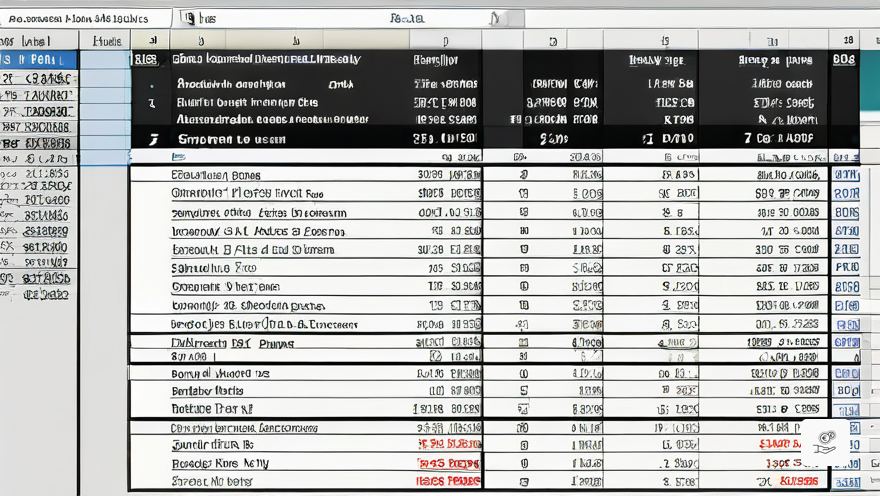Understanding Daily Drawdown: A Comprehensive Guide

Introduction
In the dynamic world of proprietary trading, managing risk is paramount. One crucial aspect of risk management is understanding and adhering to daily drawdown limits. This article aims to provide a comprehensive guide to daily drawdown, explaining its significance, calculation, and implications.
Defining Daily Drawdown
Uprofit: a guide to daily reduction

- Importance of risk management
- Definition of daily reduction
- Daily reduction calculation
- Implications of daily reduction
- Daily Provisions Management
Daily drawdown refers to the maximum allowable loss that a trader can incur within a single trading day. It is typically expressed as a percentage of the account balance or equity.
Calculating Daily Drawdown
The daily drawdown is calculated based on the greater of the account’s balance or equity at a specific time each day. This calculation includes both commissions and swap fees.
Example
For instance, if a trader has a $100,000 account and the daily drawdown limit is 4%, their maximum daily loss would be $4,000. If the trader ends the day with a $6,000 profit, the new account balance becomes $106,000, and the daily drawdown limit is adjusted to $4,240.
Implications of Daily Drawdown
Uprofit: a guide to daily reduction

- Importance of risk management
- Definition of daily reduction
- Daily reduction calculation
- Implications of daily reduction
- Daily Provisions Management
Breaching the daily drawdown limit can have significant consequences. It may result in the suspension or termination of trading privileges, depending on the policies of the proprietary trading firm.
Managing Daily Drawdown
Traders can effectively manage daily drawdown by implementing sound risk management strategies. This includes setting realistic trading goals, using appropriate leverage, and employing stop-loss orders.
Market Rollover and Spread Volatility
Uprofit: a guide to daily reduction

- Importance of risk management
- Definition of daily reduction
- Daily reduction calculation
- Implications of daily reduction
- Daily Provisions Management
During market rollover periods, spread volatility can increase, making position management challenging. Traders are advised to close positions or adjust stop losses to mitigate potential risks.
Conclusion
Understanding and adhering to daily drawdown limits is essential for successful proprietary trading. By implementing effective risk management strategies and staying informed about market conditions, traders can minimize losses and maximize their trading potential.




